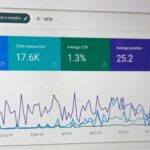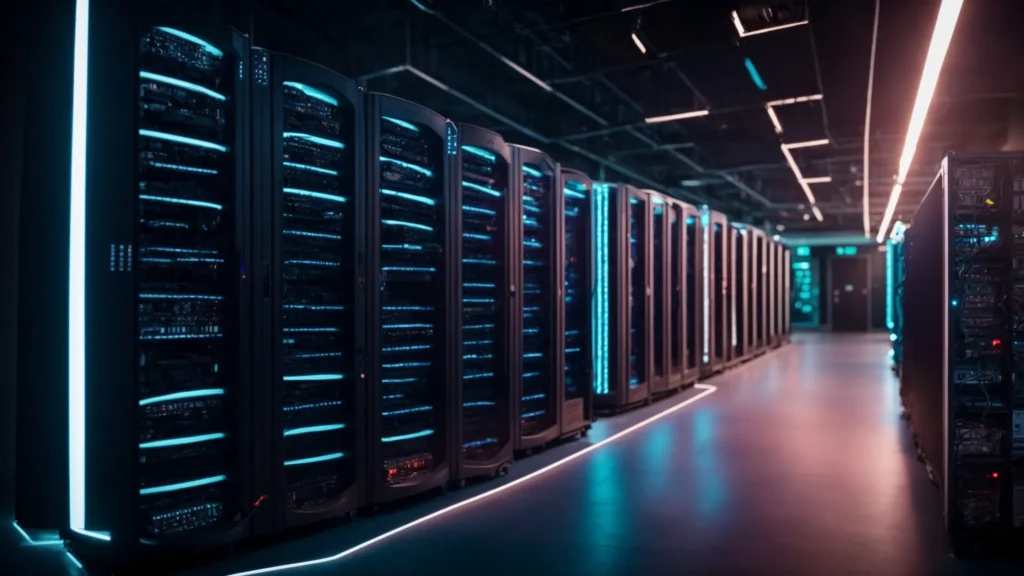Remember in old Sci-Fi movies from the 60s, when people were predicting we would have fully functioning robots by the year 2020? We were supposed to have self-driving cars and personal maids made out of metal. What the heck happened? The truth is, despite the dearth of robot butlers, we have acquired some amazing technology that the last generation could only dream of. And even though our machines don’t look like friendly robots bringing us breakfast in bed, artificial intelligence is growing and changing at a rapid and exciting pace.
When artificial intelligence (AI) was first introduced into the zeitgeist, data scientists and tech wizards couldn’t make a prediction as to how far you could take the concept. The next step in the development of AI is the introduction of machine learning (ML). Today, machines are being programmed and customized to process data and adjust to customer trends without any human interference. Businesses and enterprises are benefiting from ML technology in many different ways. You can better understand customers, forecast the future more effectively, and increase office productivity all with the help of machine learning. Another area that is thriving thanks to this technology is speech recognition software. Machines and technology can now understand voice commands and hold conversations all thanks to machine learning capabilities. Let’s dive into a few more ways this technology is helping speech recognition software grow and expand.
What is machine learning?
First, it is important to understand what is machine learning in data science. In general, it is the business process by which artificial intelligence uses specific algorithms to identify patterns and process data, similar to how neural networks learn within the human brain. This technology doesn’t require human interaction, it simply processes information and creates insights all on its own. You experience machine learning all the time in your daily life, though you may not even realize it. If you listen to Spotify or watch Netflix, your carefully curated recommendations are a result of machine learning. This is also true of the hits that come up first every time you do a Google search or see a weirdly specific ad on Facebook. These operating systems are taking your past data and using deep learning and algorithms to transform it into recommendations specifically for you. The machine is constantly learning so it can predict and provide exactly what you want and need.
Call center planning and communication.
Machines are smarter than ever, which is why you can call into a business and have a whole conversation with a computer on the phone system and never know it. With interactive voice recognition software, businesses can run a contact center without much human interaction. With AI technology, machine learning algorithms, and voice responses, you can give your customers a quicker, more effective experience. Because machine learning automatically predicts what your clients might need, speech recognition software is already several steps ahead of the conversation. Sure, it may get confused if a new problem arises, but overall this technology leads to efficiency and productivity when it comes to your customer service needs.
Predicting what people will need and say.
In this world of immediate gratification, people want solutions to their problems right away. When they call in with a specific issue, they’re expecting it to be resolved right away. Machine learning helps you predict what people are looking for before they even bring it up. This way, your voice recognition software is ready to offer a solution and keep customers satisfied more quickly.
Machine learning changes and grows with time.
One of the benefits of all this new technology is that it continues to grow and change. As machine learning turns into deep learning, voice recognition turns into longer, more in-depth conversations. The fact that learning and changing algorithms are central to this technology means that it will only grow with the industry and keep you ahead of the curve for many years to come.














